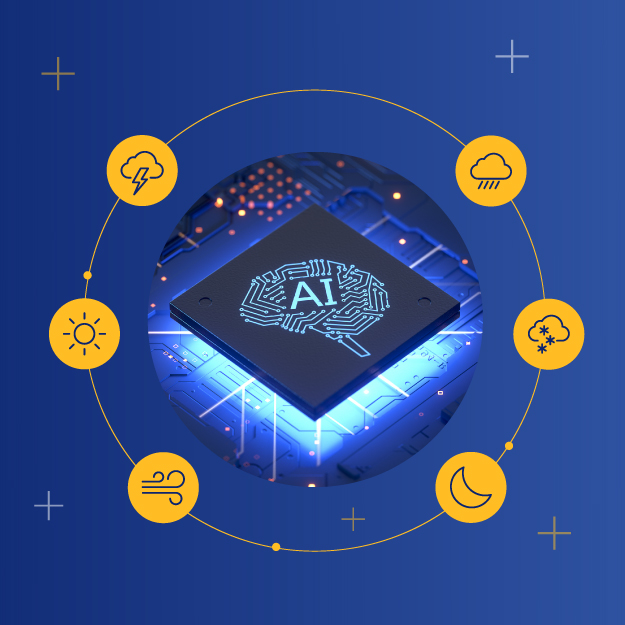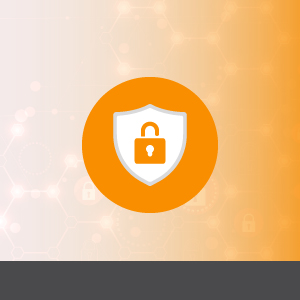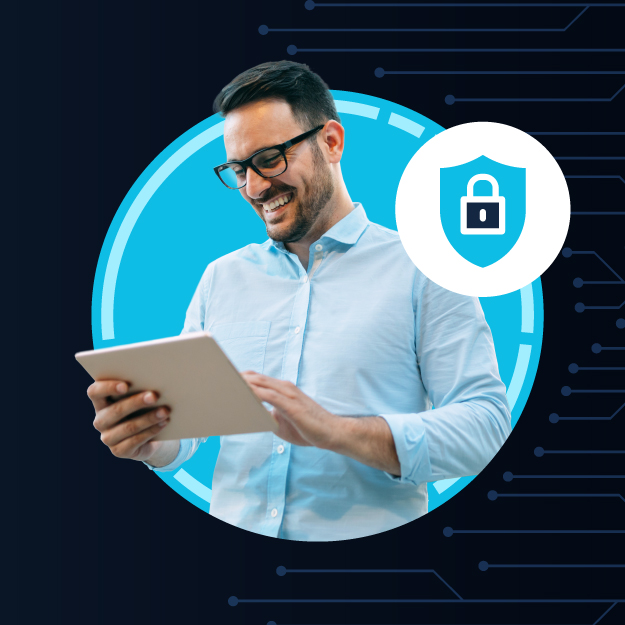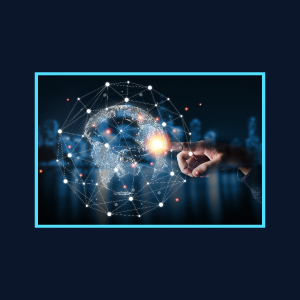AI models have revolutionized weather forecasting, achieving levels of accuracy unimaginable just a few years ago. Today, a four-day forecast is as reliable as a one-day forecast was in the past, allowing meteorologists to predict weather further in advance with increased precision. This has practical benefits for everyday planning, like deciding whether to grill over the weekend or preparing for outdoor activities. More critically, improved forecasting is a game-changer for disaster preparedness in areas where timely and accurate predictions can save lives and reduce economic losses. Carahsoft, The Trusted Government IT Solutions Provider™, leads in AI innovation, addressing Government challenges and unlocking AI’s potential to accelerate operations. Partnering with top AI companies, Carahsoft delivers advanced, accurate weather models to support Government agencies.
The Power of AI and Data
Ground-level stations and satellite sensors generate a massive influx of information daily, which AI excels at processing. By analyzing real-time observations alongside decades of historical weather records, AI tools identify patterns and deliver accurate predictions. This capability is particularly valuable during extreme weather events.

Innovative AI models like Google DeepMind’s GenCast push the boundaries of what is possible in forecasting. GenCast delivers highly detailed forecasts with a resolution of about 16 miles, capturing localized weather patterns often missed by traditional methods. In addition to precision, these models offer unprecedented speed, processing vast amounts of high-quality data in minutes. This efficiency empowers emergency responders and decision-makers to act with confidence, reducing the impact of extreme weather on communities.
The integration of AI into weather forecasting has also significantly enhanced disaster preparedness. AI enables more precise identification of regions of concern, helping meteorologists and emergency teams allocate resources more effectively and reduce unnecessary efforts elsewhere. This targeted approach ensures critical areas receive the attention they need, while also preventing burnout among professionals tasked with monitoring weather events.
Moreover, meteorologists are expanding their roles to include emergency management skills. By combining AI insights with a deep understanding of societal and infrastructure impacts, they ensure forecasts translate into actionable strategies that protect lives and property. The combination of AI’s processing power and human expertise enables more effective evacuations, resource alignment and response efforts.
Challenges and Sustainability in AI Operations
While AI offers transformative benefits, it also presents challenges. The risk of misinformation from AI-generated weather models or images remains a concern, as untrained individuals may spread false predictions, causing unnecessary panic. This places an additional burden on professionals to correct misinformation and redirect resources. Maintaining a “human-in-the-loop” is essential for all AI deployments, ensuring that expert oversight validates outputs and mitigates potential errors. Furthermore, improving model training to recognize complex atmospheric dynamics, such as interactions with continental systems that can alter hurricane paths, is essential to enhancing forecasting accuracy. Weather forecasting is uniquely suited for early AI adoption because it generates massive amounts of data and benefits from high-quality datasets provided by organizations like the National Weather Service and NASA, ensuring models are trained on reliable information.
Sustainability is another critical consideration. Data centers and AI facilities consume significant amounts of energy and water, often in regions susceptible to drought or extreme heat. Expanding such operations across multiple sites could strain local resources. A lack of water for cooling systems, coupled with increasing heat waves, poses risks to operations and the energy grid, potentially leading to rolling blackouts.
Infrastructure capable of withstanding extreme weather is crucial. Facilities like the Salesforce Tower in California exemplify climate-resilient design by incorporating renewable energy, black water recycling and the ability to export energy to the city during optimal periods. More facilities of this kind are needed—those that not only minimize environmental impact but also contribute positively to surrounding communities. Strategic planning for site locations and designs, informed by accurate climate data, will be essential for ensuring sustainability and resilience.
How Government Agencies are Preparing for the Future
As Government agencies embrace an AI-driven future, they are modernizing infrastructure, curating large datasets and upskilling their workforce to harness AI’s potential. These efforts go beyond technological enhancements, focusing on using AI to address critical challenges such as refining weather predictions and mitigating the impacts of extreme weather. By integrating AI into disaster preparedness and emergency management, agencies are building a more resilient framework that protects lives, safeguards jobs and fosters innovative solutions for future challenges.
How Carahsoft Can Help
Carahsoft works with a robust and growing ecosystem of thousands of IT solutions providers, including Google, NVIDIA and Microsoft, who have developed AI weather models that are predicting hurricane landfall faster and more accurately than traditional Numerical Weather Prediction (NWP) models. Carahsoft removes barriers around the AI adoption process by providing the infrastructure, data management and cybersecurity solutions required to safely and securely deploy innovative technology in your agency. As Government agencies continue to navigate the complexities of the modern landscape, Carahsoft’s AI partners stand ready to empower them with the tools and technologies needed to thrive in an era of unprecedented change.
Discover solutions tailored to your needs in Carahsoft’s Artificial Intelligence Solutions Portfolio and gain valuable insights with the AI Buyer’s Guide for Government.








